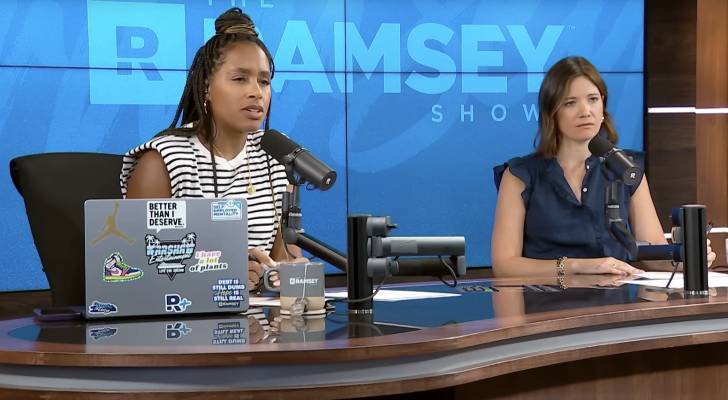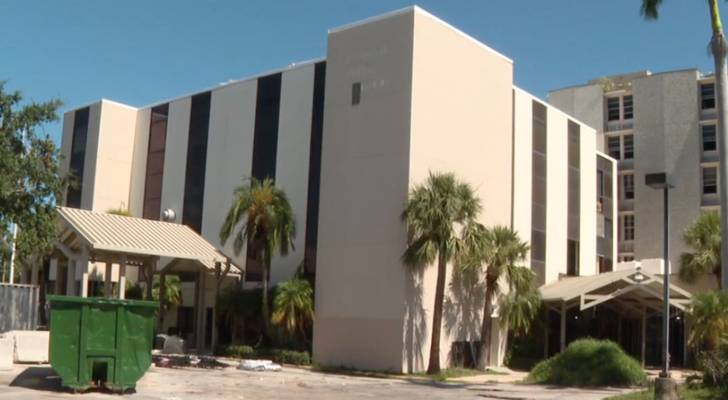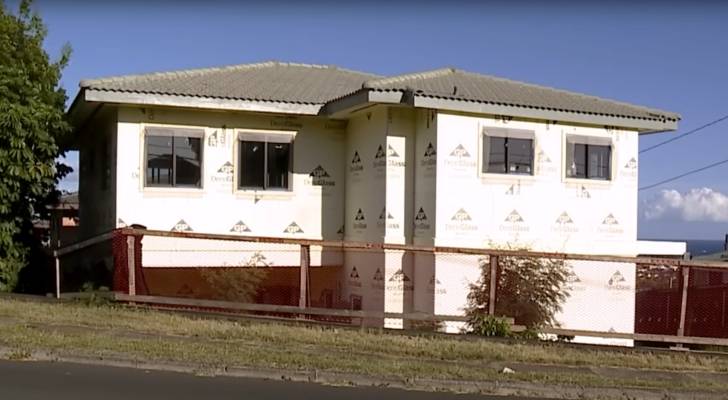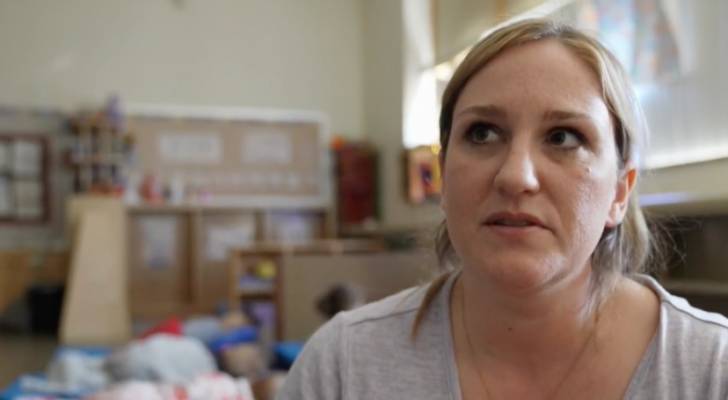‘He stole all the money’: How a West Virginia woman lost $8M, started over with $531K and a plan — here are the steps Ramsey Show experts offered her to help her rebuild


After receiving an $8 million settlement following her husband’s fatal workplace accident in 2008, Mikeal, a 53-year-old widow from Charleston, West Virginia, entrusted the money to a close friend who worked at a bank. Two years ago, she discovered it was gone. Don’t miss I’m 49 years old and have nothing saved for retirement — […]
West Virginia veteran says she found black mold in her new home just weeks after moving in — despite it passing an inspection. The Ramsey Show weighs in on how to move forward


Melissa, a disabled veteran in Charleston, West Virginia, thought she’d found the perfect home for her family. She quickly discovered how wrong she was. Within weeks of moving in, she told The Ramsey Show, they started getting sick, displaying allergy-like symptoms. Don’t miss I’m 49 years old and have nothing saved for retirement — what […]
A vacant former hospital in Florida is being transformed into 71 affordable housing units for seniors — here’s how this ‘huge asset’ will help address a critical need in the Sunshine State


After sitting vacant for a decade, the former Edward White Hospital in St. Petersburg, Florida is being converted into affordable housing units for seniors. The revamp is part of an effort to address the affordable housing crisis and homelessness among older Americans. The renovated facility will offer community services, like a health center, and give […]
‘Cannot do business in the state of California’: Gas could spike to $8 per gallon as two major refineries shut down — and that’s not all. Are the state’s strong regulations worth the cost?


Two large California oil refineries are shutting down, triggering mounting concerns from state legislators, industry groups and many others. Assemblymember Mike A. Gipson of the Gardena district bluntly described his concern during a recent Sacramento hearing. “This is a tremendous loss,” Gipson told NBC Los Angeles, referring to the looming closure of the Phillips 66 plant […]
I’m 31, make $117K/year, cover all household bills — yet my fiance refuses to chip in. Insists his cash is for ‘fun’ while I handle ‘responsibilities.’ Can I fix this before we get hitched?


For some, the road to marriage can look financially lopsided. Those in their 30s earning their fair share — say, more than $100,000 a year — may be used to covering 100% of their individual household expenses. However, it doesn’t typically feel good when a fiance refuses to contribute, claiming their money is only for […]
How 1 plastic shed in a Florida backyard set off a years-long legal battle that’s costing local homeowners thousands of dollars in HOA assessments — ways to avoid the same fate


Formerly friendly neighbors in Stonebriar, a quiet subdivision in northern Pinellas County, Florida, are at odds over an $82,000 special assessment the homeowner’s association (HOA) has levied. It’s a lot of money — $1,400 per household. Don’t miss I’m 49 years old and have nothing saved for retirement — what should I do? Don’t panic. […]
‘It’s just ugly’: Honolulu residents fed up with ‘monster home’ that’s been standing ‘derelict’ for 3 years — here’s what the city’s doing to crack down on these blights


Nestled in the Honolulu neighborhood of Kaimuki, a partially constructed building at 3615 Sierra Drive has become a focal point of contention. One of Hawaii’s so-called “monster homes” — unusually large residences, sometimes occupied by dozens of people — the structure has stood incomplete for three years, drawing criticism from residents and scrutiny from city […]
Colorado businesses facing $8 million in fines for employment law violations, including hiring unauthorized migrant workers — but here’s why undocumented workers are paying the highest price


Three Denver-area businesses face a combined $8 million in fines for allegedly employing unauthorized migrant workers in contravention of employment law. U.S. Immigration and Customs Enforcement (ICE) special agent Steve Cagen told Fox31 News that the fines are designed to uphold the law and “promote a culture of compliance." Don’t miss I’m 49 years old […]
This Minnesota mom of three is struggling to survive on her $37,000 annual teacher salary — and she’s not alone. Here’s how many like her are now navigating the death of the American dream


Michelle Boisjoli, a 37-year-old mom of three from St. Louis County, Minnesota, starts her days early and ends them late — not because she wants to, but because she has to. As a full-time teacher earning $37,000 a year, she’s become part of a growing demographic of working Americans who need a second job to […]
San Jose man has $12 million to his name while his fiancee has only $50,000 — he wants a prenup, but she has concerns. How The Ramsey Show hosts suggest he navigates this ’emotional’ process


When Derek, 36, called into The Ramsey Show, he wasn’t just looking for financial advice, but for peace of mind as well. Recently engaged and preparing to blend a family of five children, all aged between 10 to 12, Derek also brings something else into the marriage: $12 million in assets. Don’t miss I’m 49 […]
